walled cities within a walled city:
BAU147 Xi’an High-Tech Precinct CBD
Xi’an City, Shanxi Province, China
Discipline
PlanningTypology
Urban PlanningCity
Xi’an City, Shanxi Province, ChinaDate
2002Status
Invited International CompetitionClient
Xi’an National High Technology Industrial Development BureauProgram
Central Activities District (CAD)China’s 20th century was an extraordinarily dense period of transformation: from imperialism to capitalism via communism, all within 100 years. Many aspects of life were simultaneously subjected to influences of each of these paradigms. However, the planning of new CBDs (central business districts) in China primarily reflects only the capitalist doctrines. These CBDs are mono-functional districts of sensational corporate office skyscrapers; scant regard is paid to social space, public institutions, history or context. Can positive aspects of the other ideologies be given formal and programmatic manifestations in the new city, in order to reflect the true complexity of contemporary China? Can the imperial era’s characteristics of certainty, permanence and clarity have a place in the age of curtain walls and fluid capital? Can a city’s urban design embody the CCP’s socialist tenets of liberty, fraternity and equality?
The legacies of the morphology of the ancient city of Xi’an are visible in the city centre: gridded streets, symbolic towers on axis and a massive perimeter wall. Our proposal takes the form of an array of eight super-blocks, each further divided into nine smaller blocks, with a void as their centre. Surrounding the entire CBD is another void in the form of a rectilinear loop park. Like the city wall this void stabilises the city form. As the CBD grows, its massive form emerges resulting in a landscape-scale rectilinear body. Development controls are used to achieve constant height perimeter around the super-blocks, creating walled cities within the walled city and further stabilising the city form. The figure-ground relationship of the central super-block is inverted to produce a symbolic government centre.
The eight voids at the centres of the superblocks are linked by a series of pedestrian axis. This arrangement serves to provide a network of public open space throughout the entire CBD area. By positioning specific programs along the three east-west axes of the public space network we propose a spatial expression of liberty, fraternity and equality, a strategy inspired from Griffin and Mahoney’s Canberra. Respectively these programs include: cultural institutions and library; market places and leisure facilities; and the city’s civic offices.
Within this framework the property market is free to run its course. However, to avoid the monotony resulting from pure commercial zoning, a quantity of residential use is specified. The programs are organized into continuous networks and then distributed throughout the site, resulting in a variety of intensities of use and character throughout the CBD. To protect the market from itself, and to prevent the degradation of the public space network, a set of maximum building envelopes is provided. Primary public spaces are protected from overshadowing and the free market is protected from itself.
- Infrastructure
- Public
- Residential
- Healthcare
- Education
- Culture
- Office
- Retail
- Hotel
- Hospitality
- Mixed Use
- Sports
- Planning
- Urban Design
- Public Landscapes
- Private Landscapes
- Playgrounds
- Structures & Pavillions
- Residential
- Healthcare
- Education
- Culture
- Office
- Retail
- Hotel
- Hospitality
- 2023
- 2024
- 2021
- 2020
- 2019
- 2018
- 2017
- 2016
- 2015
- 2014
- 2013
- 2012
- 2011
- 2005-2010
- 2000-2005
- 1990-2000



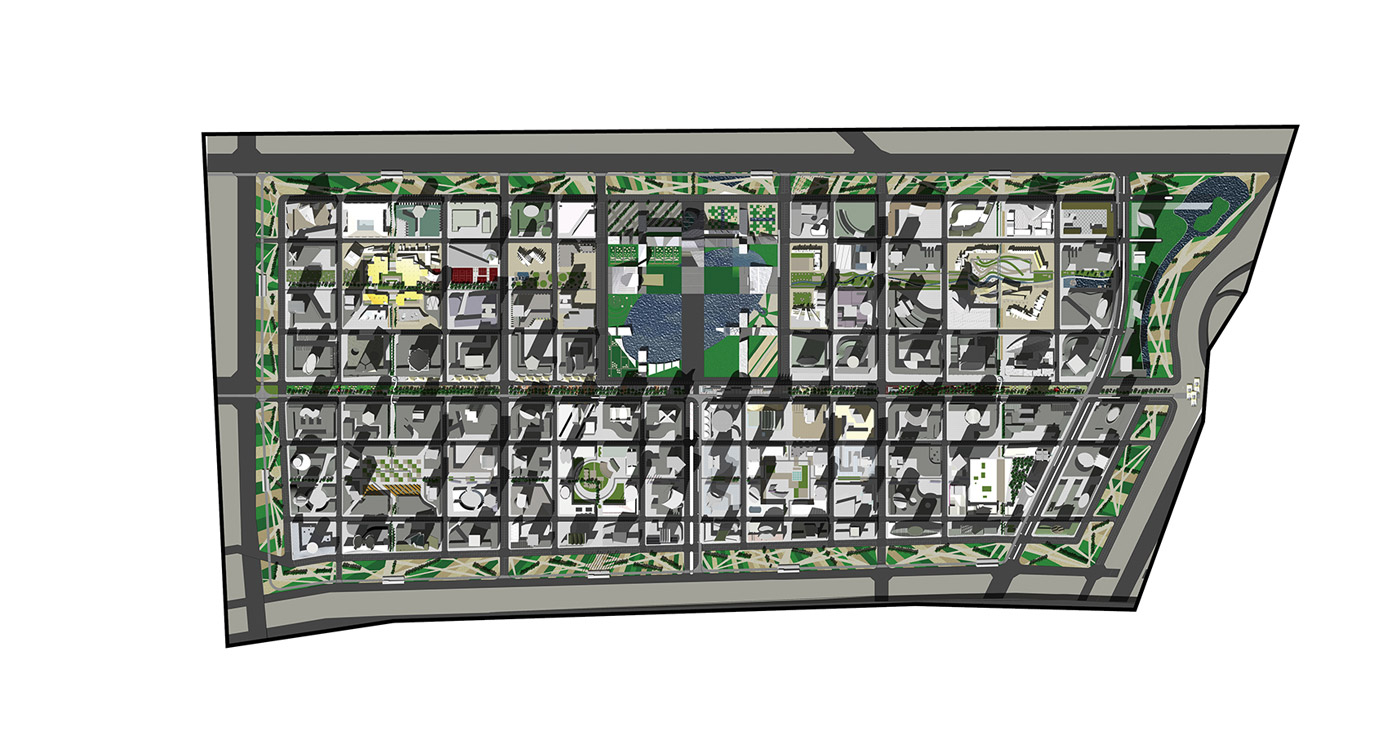






















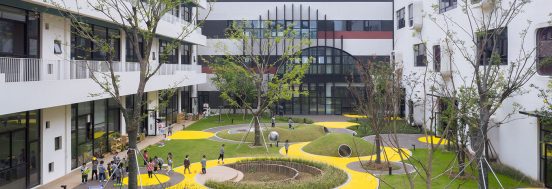











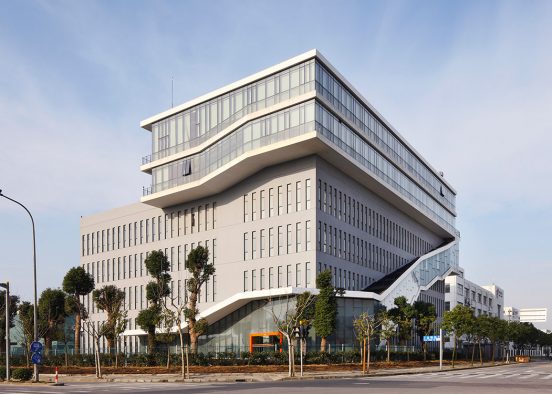


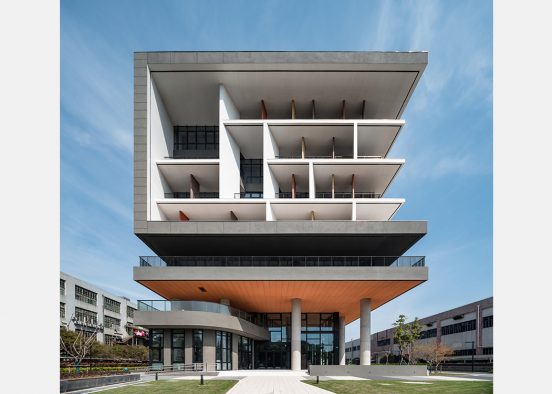


















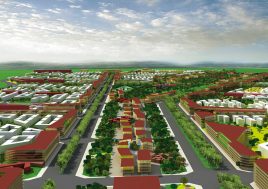





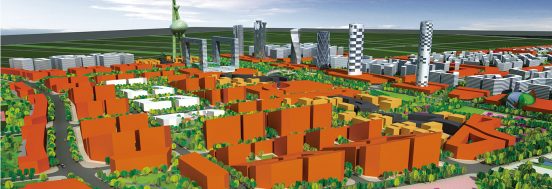







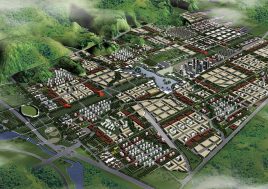










































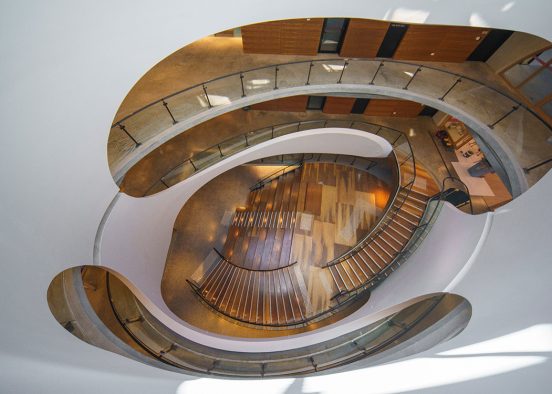










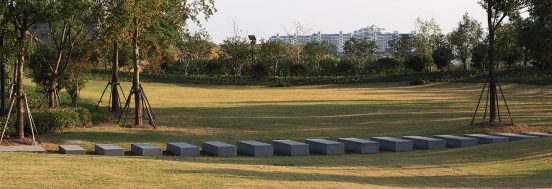
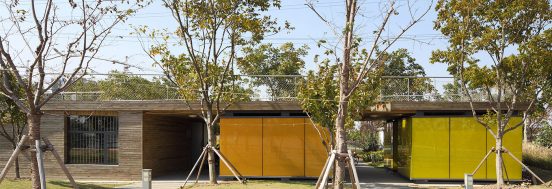


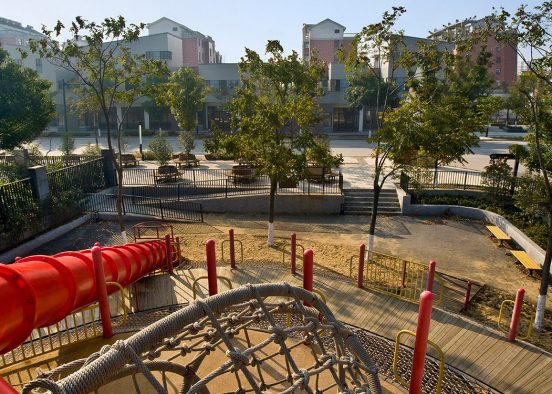













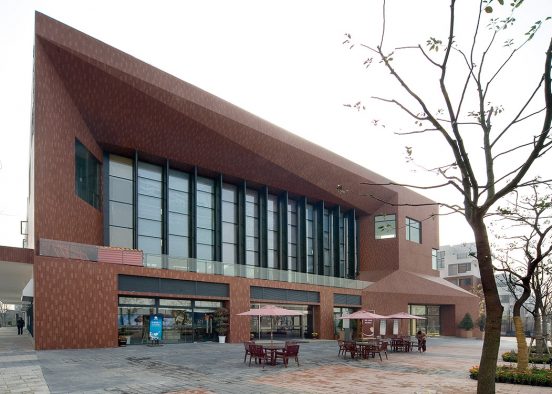
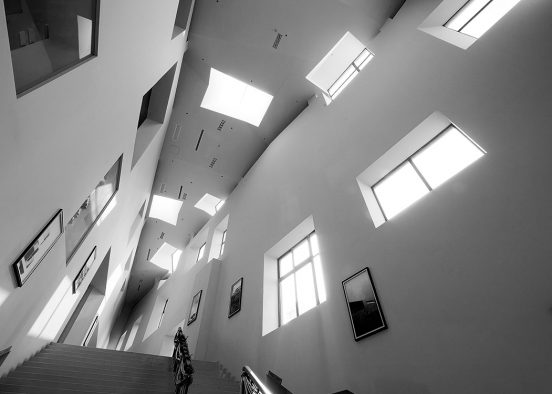
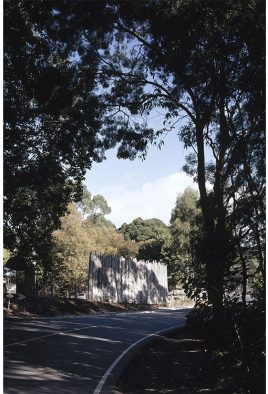
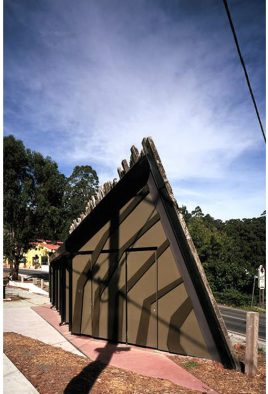













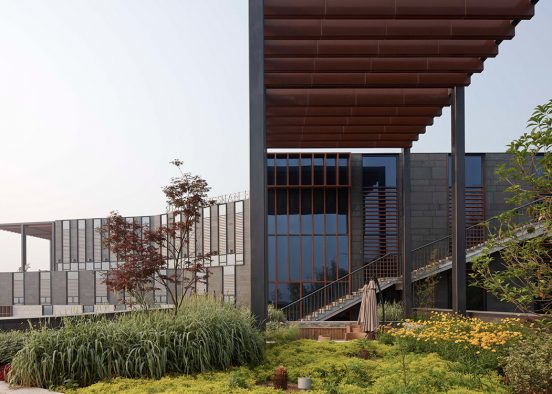








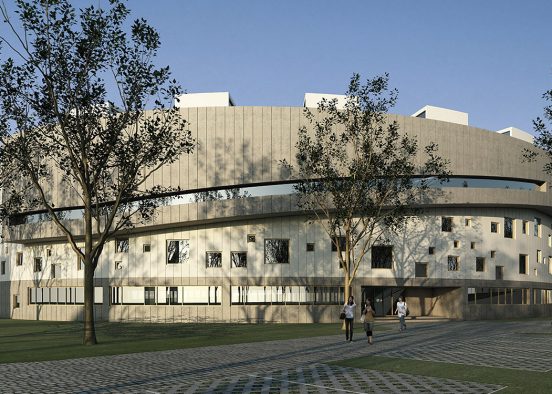







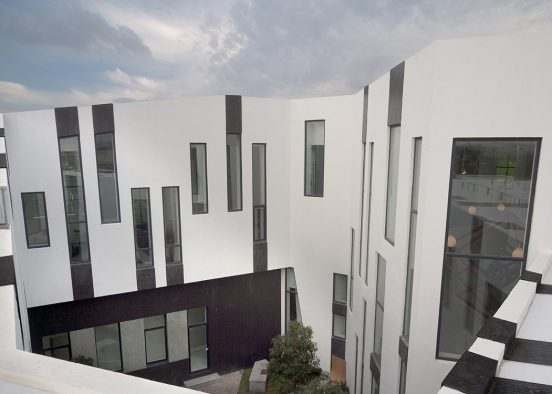








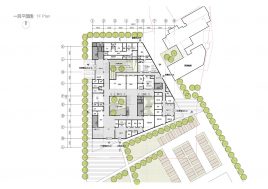


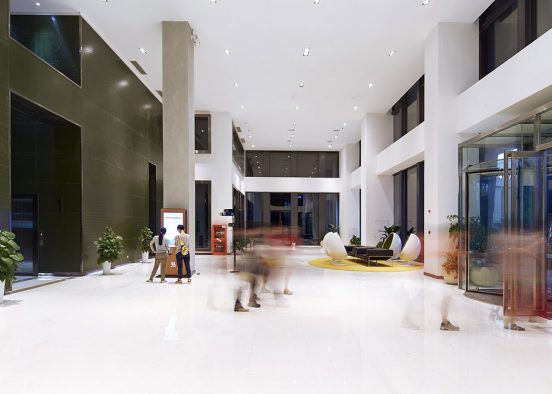

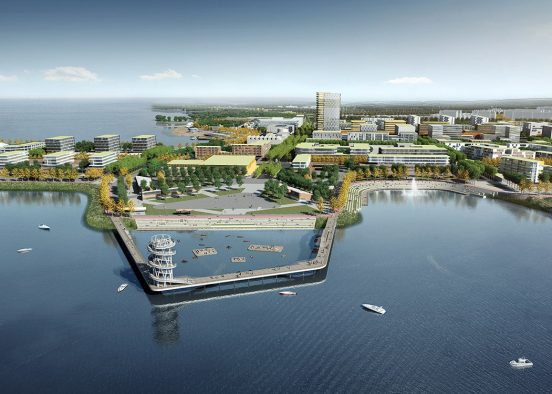





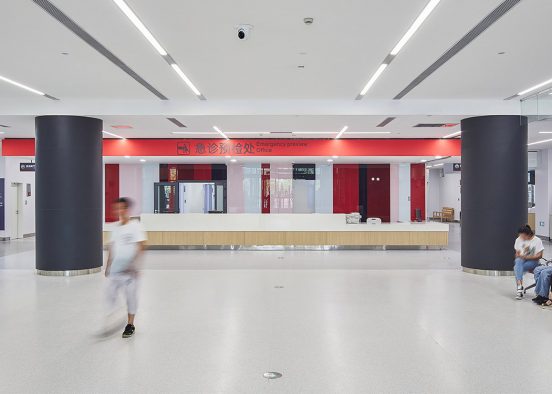




















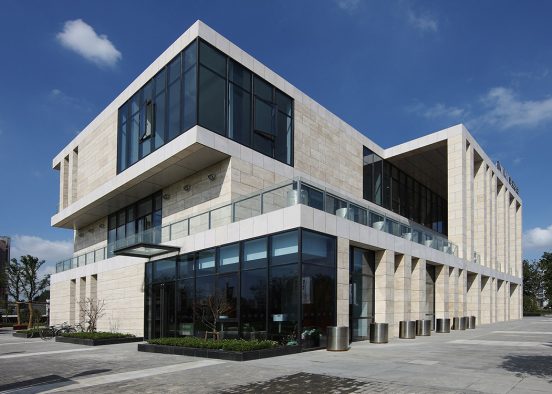










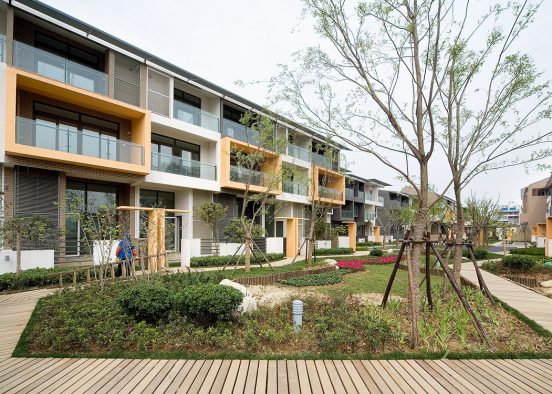
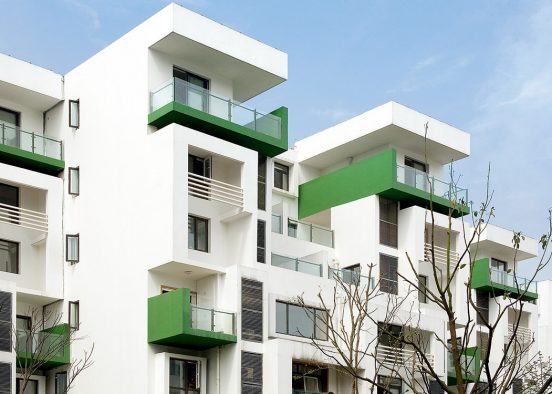









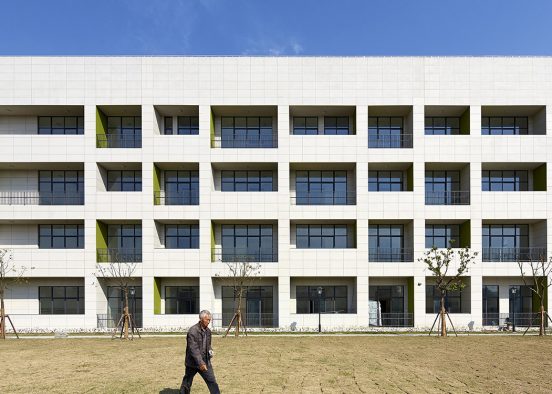
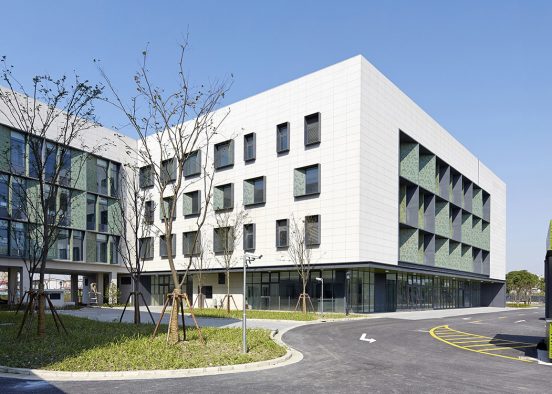


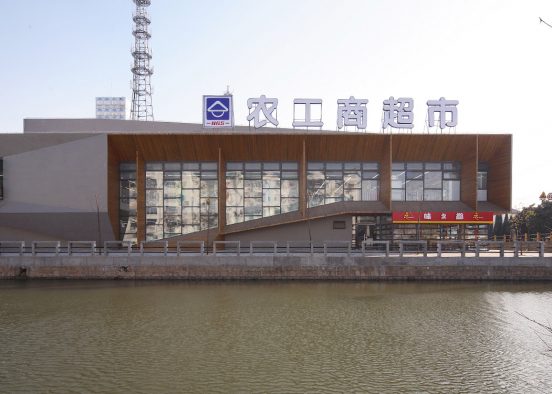
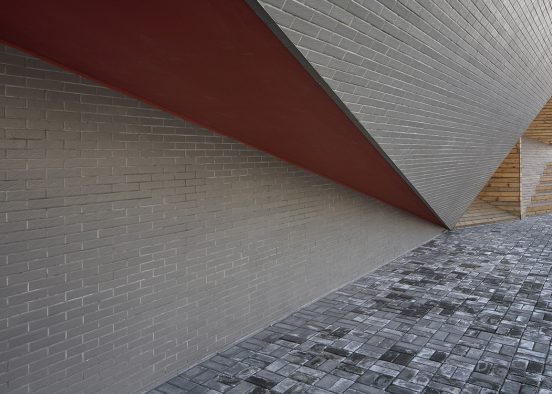

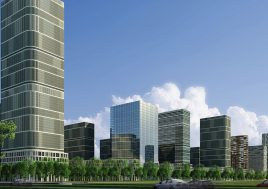



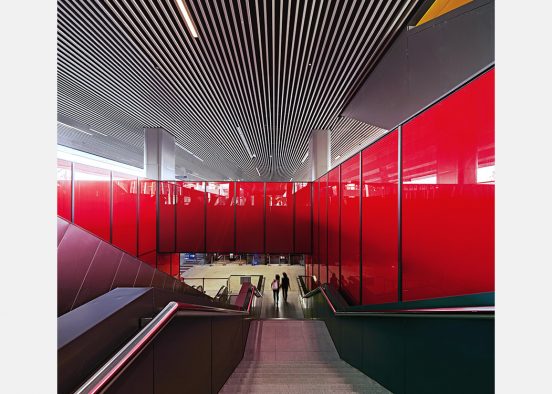


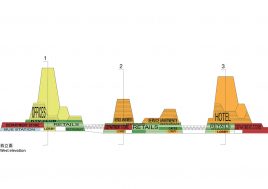







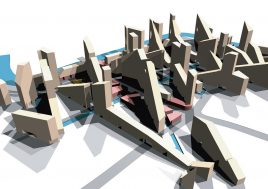



















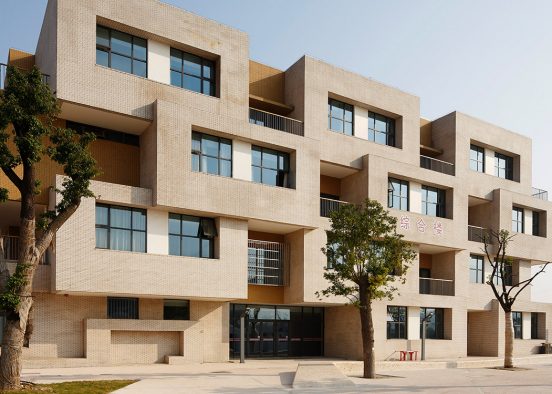



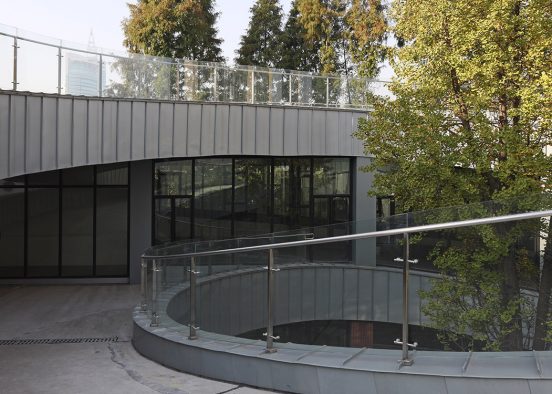
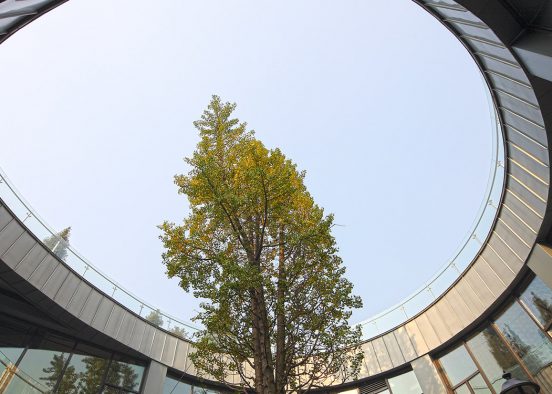



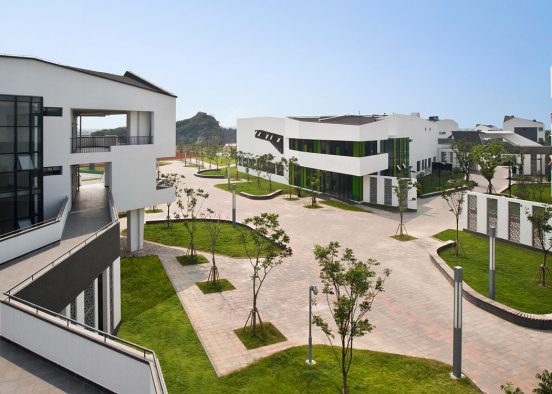




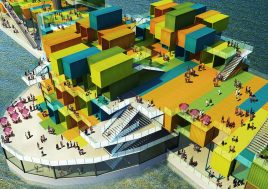












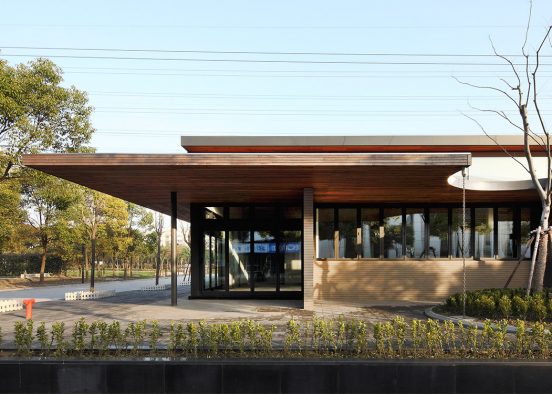








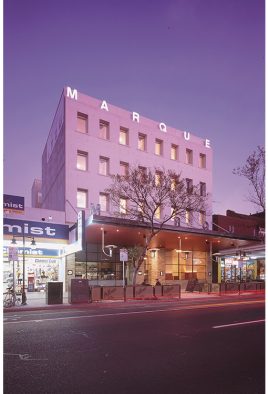














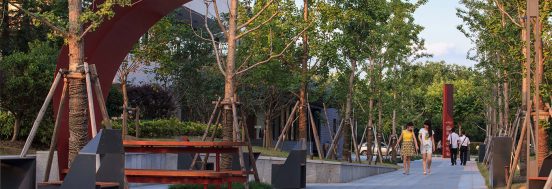

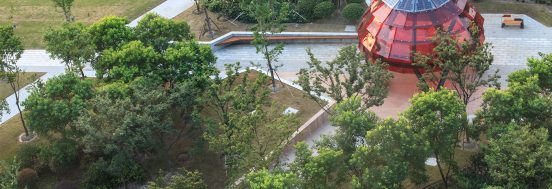

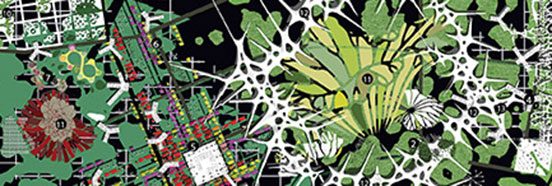













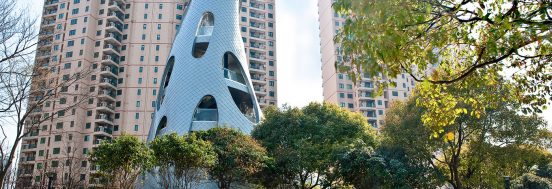
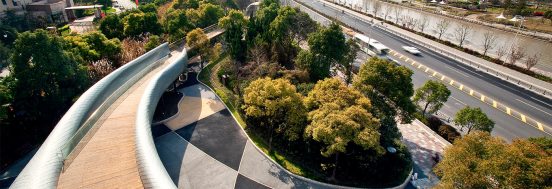




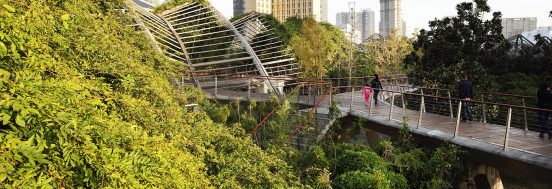
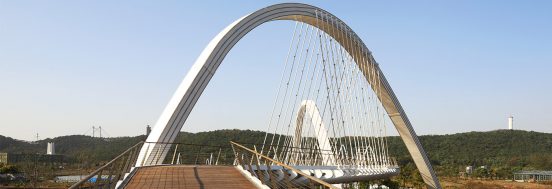
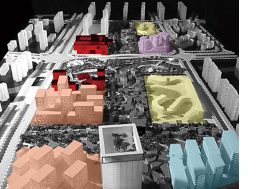

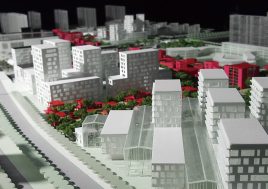






 Back to projects
Back to projects
